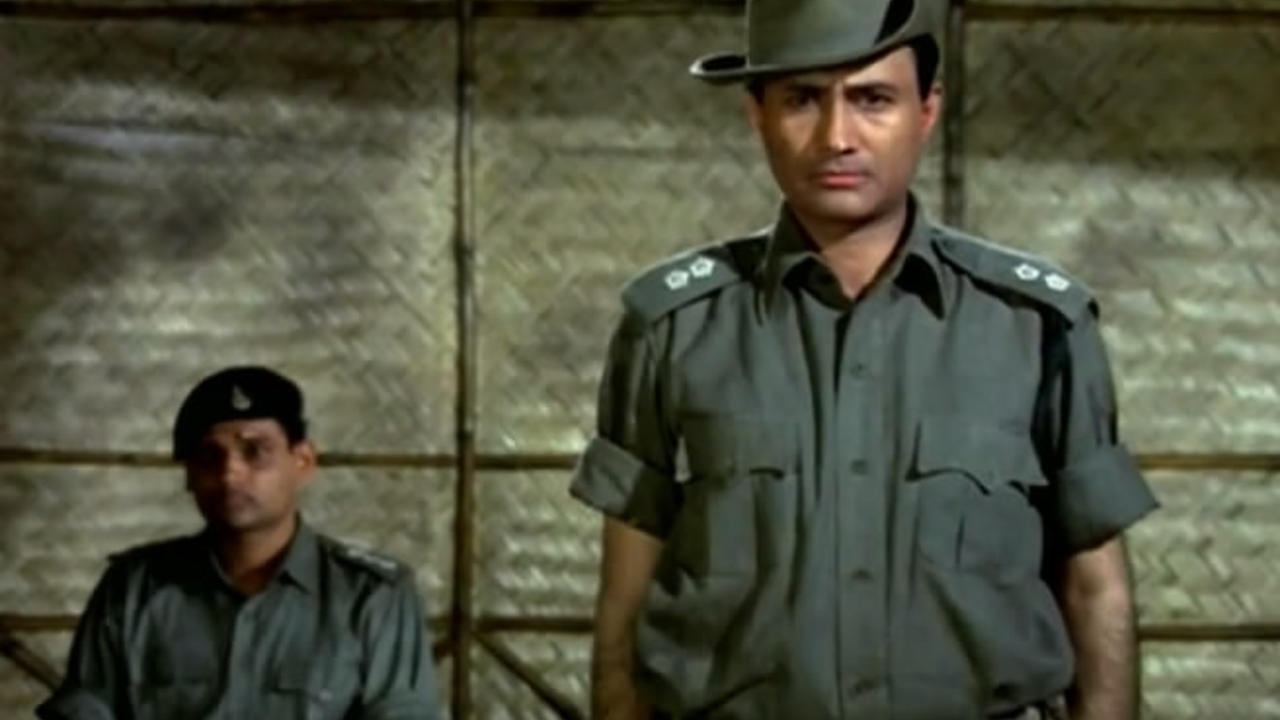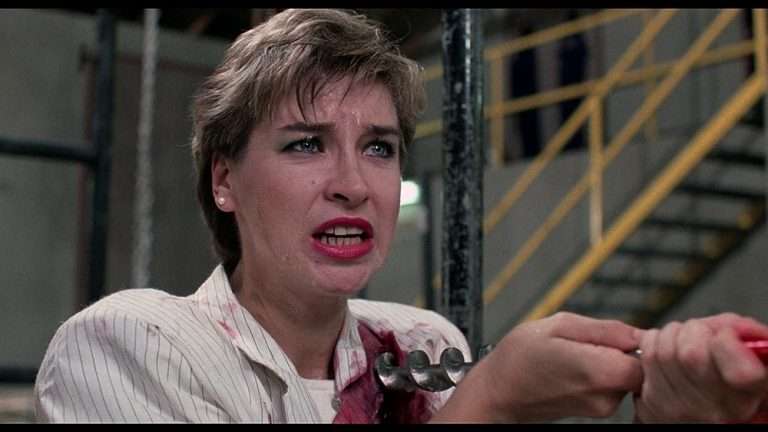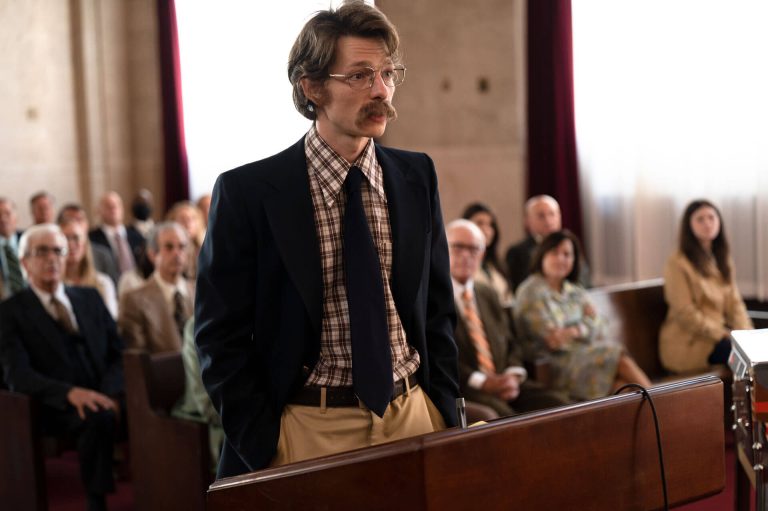How should someone look at a film that dabbles into multiple territories of emotions, moods, and even genres of films, and while doing so, manages to cover sensitive and political situations with the concluding act comprising of delivering an overarching sermon that is supposed to be in the ‘good interest’ of the public? To simplify the answer to this complex question, I would prefer to say that there is no hard and fast rule or a structured formulaic way of looking at and analyzing a film, but it depends on the sensibilities and disposition of the individual getting exposed to a particular piece of filmmaking in a particular moment of time.
The question of time becomes important here because consuming, judging, and analyzing a piece of art belonging to an altogether different period of time with respect to the time from where the consumption of the same art is taking place changes the entire attitude and meaning-making process which eventually provides an opportunity for forging new definitions and recontextualizing the concepts and ideas in a newer light.
I had the opportunity to go back in time figuratively and watch Dev Anand starrer film Prem Pujari (1970) (his debut as a writer-director of the film) only to be presented with the exact same predicament as mentioned in the opening lines. To be honest, the opening lines of this article were meant to broadly describe Prem Pujari (1970). After watching the film, I was confused, perplexed, and short of words as to how I should describe the experience of watching this film.
It has romance, action, suspense, crime, war, drama, espionage, travel, music, and dance all mixed together to present to us an entertaining 3-hour long film. As a matter of fact, it is not a surprising feat for a film to carry with itself so many shades of emotions and affective engagement because this was the aesthetic of films prominent in post-independence Indian cinema. Even in the silent era and the early talkies, Indian films were primordially very melodramatic in nature, with a bunch of genres mixed together.
However, with the evolution of filmmaking, storytelling, and media, we have been exposed and conditioned to a novel way of narrative storytelling, which is now coming to define our generation’s visual literacy and comprehensibility instincts for visual and narrative codes which prefer subtlety over in-your-face spoonfeeding and are rooted within a highly specific emotion and mood.
Films and shows made today are very different from the formal aesthetics of the films made in what is considered the Golden Age of Cinema and even the later decades of the 60s, 70s, and 80s. Therefore, looking back in time and reviewing a film made in 1970 with an assortment of elements sutured into one single narrative begs the question – how to look at a movie like this today that is so out of place from the ongoing tradition of storytelling?
I do not have a concrete answer to this distinct question, and I think this conversation is best left for scholarly research and semiotic analysis. However, as a matter of discussion for this article, I will try to describe my readings of the film, keeping in mind the presence of the subliminal retrospective gaze.
Prem Pujari (1970) tells the story of a young man named Ramdev Bakshi, played by Dev Anand, who firmly believes in the idea of ahimsa or non-violence. But ironically, he is forced to get himself inducted into the armed forces by his now-retired father, Subedar Major Durgaprasad Bakshi, played by Nasir Hussain. His love for even the voiceless being such as a butterfly is established at the beginning of the film when he is asked by his lover Suman, played by Waheeda Rehman, to kill the butterfly and prove his love for her which is in itself quite an amusing situation for someone to be in.
Ram refuses to kill the butterfly and establishes himself as a believer in non-violence by delivering an emotionally intense dialogue that captures his personality. He is later called on duty at the Indo-Chinese border, where he refuses to fight against the Chinese troops, and as a result, he is court-martialed and sentenced to 2 years in jail. However, he manages to escape from the authorities. He begins living in the mountains of North East India, where he meets Rani Chang, Billy, and Mr. Chang, played by Zaheeda, Prem Chopra, and Madan Puri, respectively, and is embroiled in an international conspiracy against the Indian state.
Set against the backdrop of Sino Indian War of 1962 and the India-Pakistan War of 1965, the representation of the Chinese community saw a significant shift with respect to films produced in our country, which was evident in this film. Chinese characters represented here are depicted as the enemies of the state. They are stripped down to the stereotypical and caricaturist portrayal only to bring out laughter and disdain and create an ‘Othering’ of them. However, before Sino-Indian War, this was not the case as Payal Banerjee writes in her paper ‘Chinese Indians in Fire: Refractions of Ethnicity, Gender, Sexuality, and Citizenship in Post-Colonial India’s Memories of the Sino-Indian War’ that Chinese representation in cinema prior to the war were generally positive ones which conveyed messages of political and personal solidarity and friendship between the two nations.
Mrinal Sen’s Neel Akasher Neeche (1958) presented a Chinese character Wang Lu who is a Chinese silk products trader in Kolkata. The film revolves around his brotherly bond with a Bengali-Indian woman, Basanti. It was this film that popularised the ‘Hindi-Chini Bhai Bhai’ rhetoric which brought the Chinese character Wang Lu closer to the heart of Indian viewers by de-emphasizing his foreignness.
However, the political situation between the two nations post-war impacted the arts to such an extent that the Chinese character Mr. Chang (Madan Puri) became a threat to the security of the Indian State in Prem Pujari. He is responsible for conspiring with International criminal enterprises to steal the secrets regarding the security of the Indian state, which is meant to be later handed over to Pakistan to sabotage the operational structure of our nation.
Ram’s motive for getting involved with this conspiracy was only to work as a spy and later unmask the whole plot to save his country from destruction. After getting court-martialed and experiencing extreme guilt and shame for being a failure and not living up to his father’s expectations, this moment provided an opportunity to Ram to prove his worth to his fellow villagers, citizens, and the nation.
He writes in a letter to Suman that he won’t come back to the village unless he has achieved something in his life, which is later in the film equated to him serving the role of a soldier by killing the soldiers of the Pakistani army who are trying to occupy his village, Khemkharan situated at the India-Pakistan border. Ram, who was shown as a believer in non-violence and who refuses to pick up arms against the Chinese troops, is now killing soldiers left, right, and center.
Prem Pujari, whose protagonist espouses anti-war sentiments at the beginning of the film, is brought to change entirely by the time the film ends. He kills the enemy using rifles, engages in a fistfight with the village thug, and devises a cunning plan to execute the Commander of the Pakistani Army (Shatrughan Sinha). This shift in the ideological lens is brought upon by invoking the idea that the Nation’s security and well-being are the foremost priority above anything else. Thus, the violence is justified using nationalism and patriotism as a safe space.
When films talk about subjects like conspiracy, threats, crime, and war, it is understood that the film will be heavy on voicing masculinity and presenting it through a masculine protagonist. Prem Pujari also does not shy away from this because the film strongly boasts of the inherent machismo present in the world of the film. Suman (Waheeda Rehman) is meant to exist only as a subordinate to the protagonist Ram – his love interest. She does not have an agency of her own and is always shown reminiscing about Ram and the days they spent together.
Even when she participates in the Miss India contest, her motive is not entirely to create a career of her own or seek her independence but rather to go to London and seek Ram. On the other hand, Rani Chang (Zaheeda), whose character has a very Noir-ish tone to it, also fails to find a voice of her own. Rani feels like the popular trope of the femme fatale at the beginning when she is introduced. She is mysterious, cunning, and beautiful and can make the protagonist fall for her.
However, as the film progresses, the opposite takes place. It is Ram who fools Rani by pretending to love her, only to kill her and her associate Billy in the end. Even Rani becomes a pawn in this game of deception that is governed by the rule of leading men of society.
Prem Pujari touches so many genres that it becomes utterly confusing towards the end. It begins as a rural romance, and then the story shifts to army generals. From there, it transforms into an espionage thriller happening in multiple international locations to move back again to the village, projecting a full-fledged war onto the screen. By the time the credits started rolling, I was exhausted.
The sequences presenting France, Spain, Switzerland, and the United Kingdom feel like the film has now metamorphosized into an escapist cinema where it is inviting the viewers to travel to these locations virtually along with Dev Anand, who is seen roaming the French countryside and singing cheerful songs with European children hoarding him from every direction. I’d be lying if I said watching these sequences did not remind me of Eric Rohmer’s and Jean Luc Godard’s films of the 60s and 70s. Fali Mistry’s camerawork beautifully captured the Alps of Switzerland and the French countryside enveloped in the golden sunshine and the mists surrounding the picturesque chalet houses.
Nevertheless, Prem Pujari is no ordinary masala film coming out of the Bombay industry but a film made by the evergreen superstar Dev Anand. A star usually lives more than one life: a life on-screen that is in front of the public where he lives according to the star persona created by themselves, by the fans of the star, and by facilitation of the industrial construction that goes on to define ‘the star; and the other is the private life of the star which is behind the camera and TV screens. But Dev Anand was a star of an altogether different league.
Dev Anand was what you saw was what you got. There was no distinction between the star and the man. The holy trinity of Hindi cinema – Dilip Kumar, Raj Kapoor, and Dev Anand – out of which Dilip Kumar and Raj Kapoor transformed themselves over time, but that was not the case with Dev Anand. Even after reaching the late 40s and early 50s, Dev Sahab was keen on playing and donning the attire of the young, youthful, attractive, and debonair romantic lead of the film. If nobody was willing to cast him in a film as the lead, Dev Anand started writing his own scripts and directed his own movies, all of which solely revolved around him.
While bashing his critics, Dev Sahab genuinely believed that he was irresistible, and the audience wanted more of him. Prem Pujari comes out of this idea where we see him romancing younger actors such as Waheeda Rehman and Zaheeda, pulling off action sequences, and becoming the central character of the film – a role polar opposite to the characters best suited for him like grandfather/father of the hero as per the industry standards.
In the end, Prem Pujari has a nice soundtrack composed by the musical maestro S D Burman and features the iconic number ‘Rangeela re tere rang mein’ sung by the legendary Lata Mangeshkar, where we get to see the beautiful Waheeda Rehman tap her feet to the beats of the song. Amrish Puri also made his debut in this film as one of the thugs expected to kill Ram. Prem Pujari is also counted as Shatrughan Sinha’s maiden screen appearance as the Pakistan Army Officer.
Furthermore, it does have some problematic representational and ideological issues, but watching Prem Pujari in 2023 can only get entertaining if you have an acquired taste for Hindi cinema of the 60s and 70s, or else, the urge to ride the nostalgia train for you is getting irresistible.



![Arranged Marriage [2022] Review – An absurd satire that is unable to use its bluntness to good measure](https://79468c92.delivery.rocketcdn.me/wp-content/uploads/2022/12/Arranged-Marraige-2022-Movie-Review-768x405.jpg)



